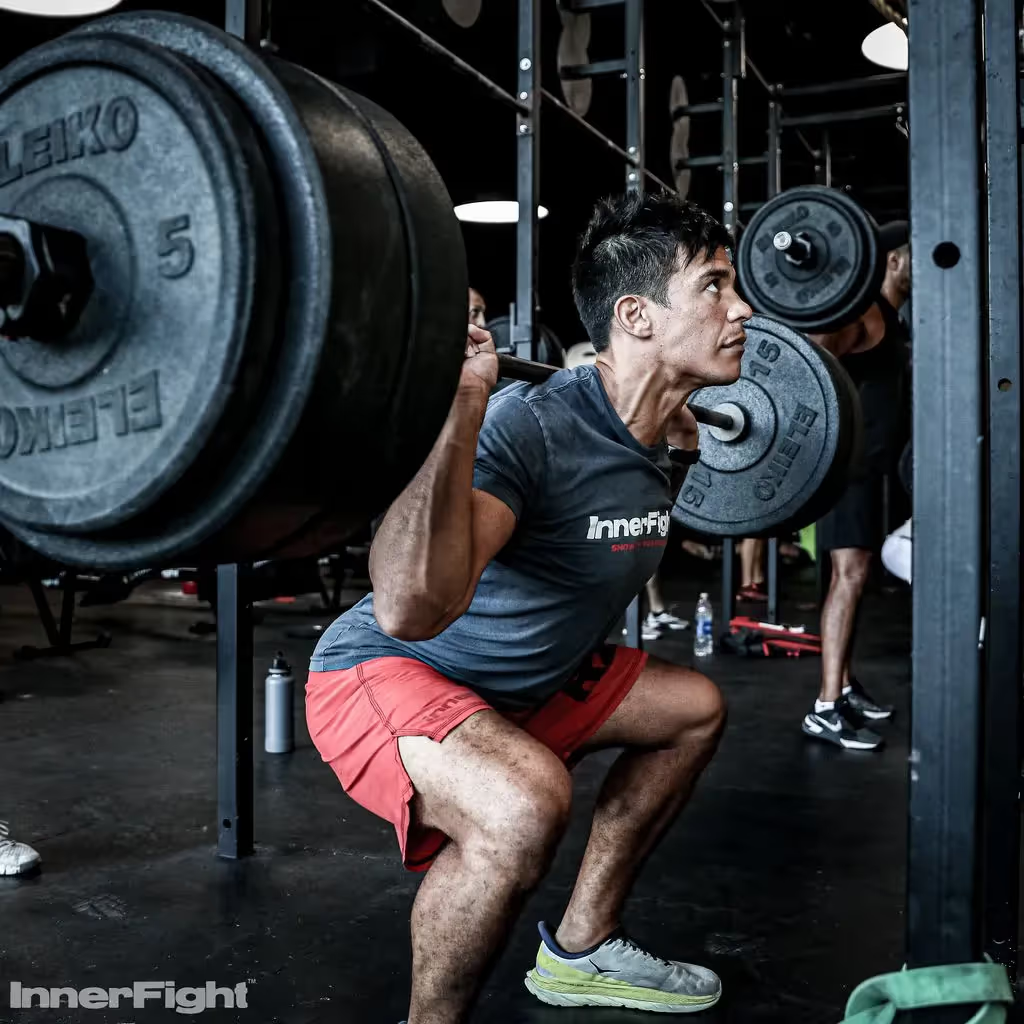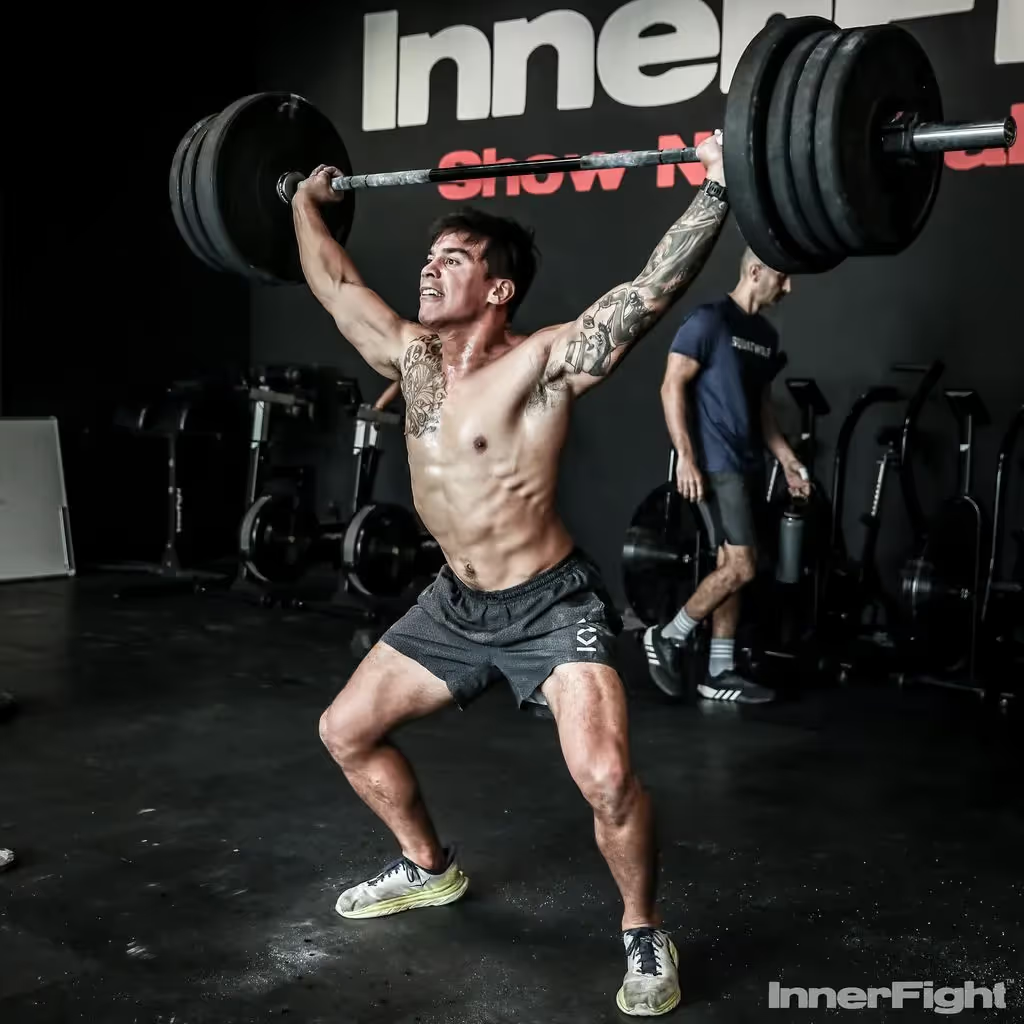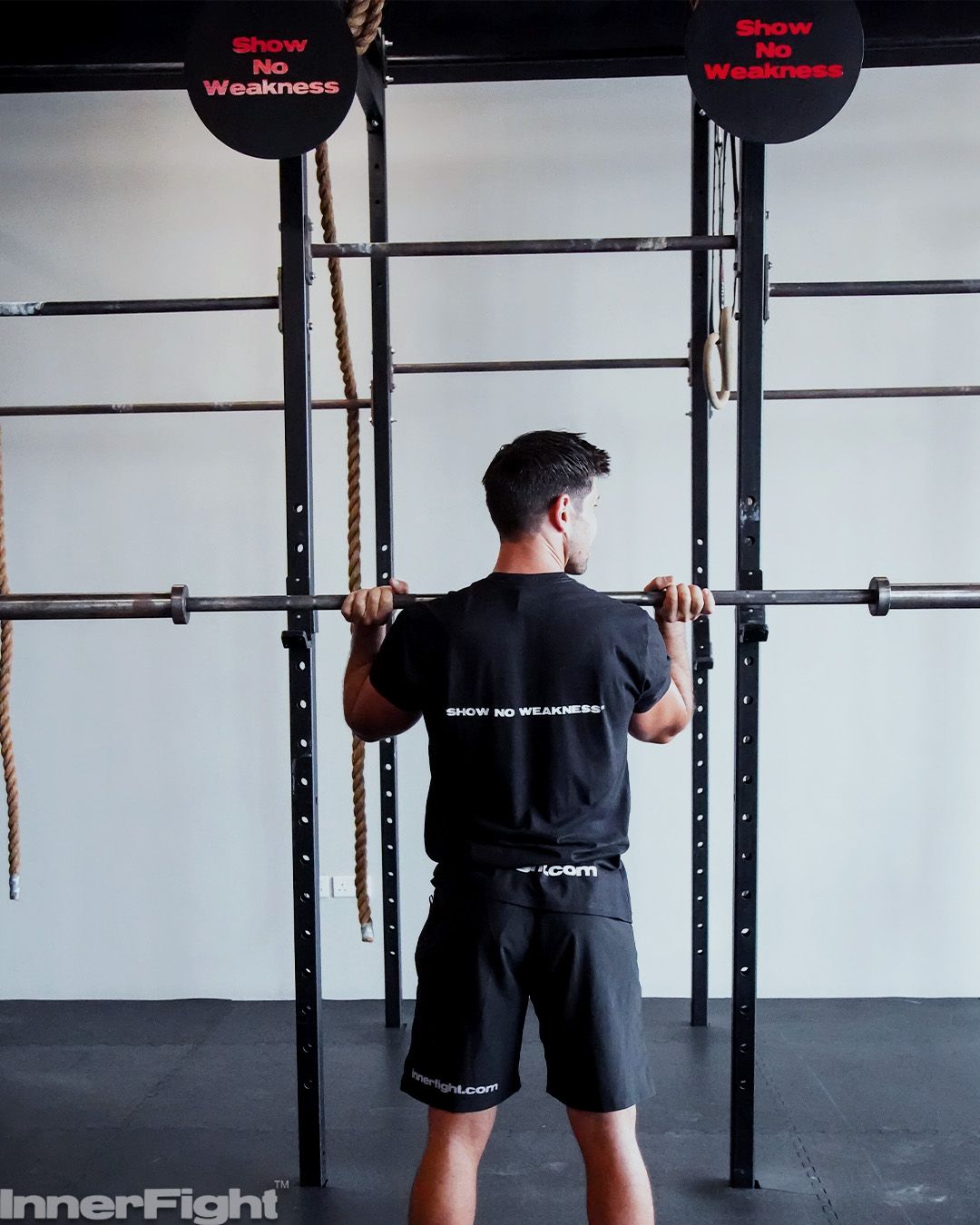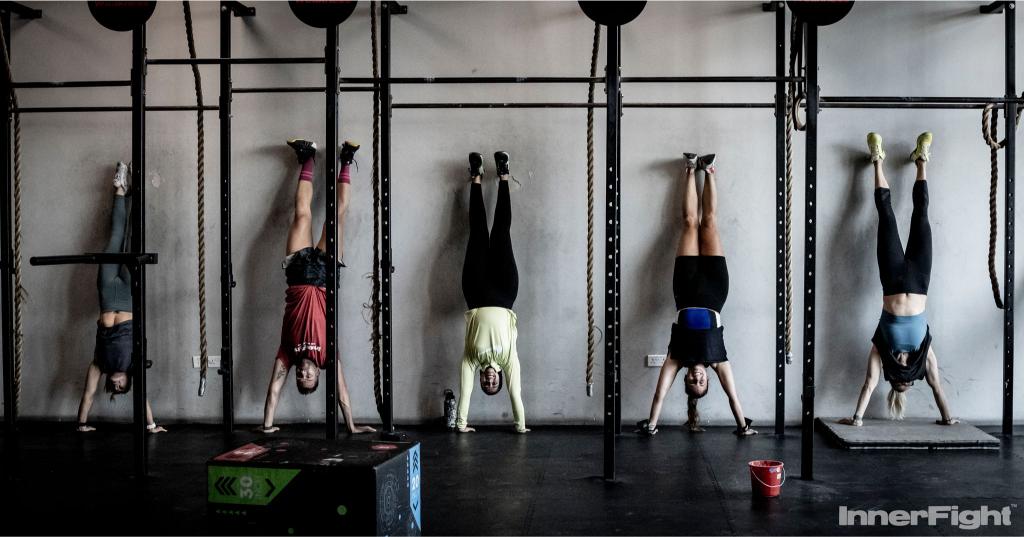Is Poor Mobility Holding You Back?

People often think strength and technique are the limiting factors whenever they hit a wall with Olympic lifts or specific gymnastics exercises. When you have the mobility of a rock, lifts such as the power clean or the snatch can be your worst nightmare!
How Lack of Mobility Hinders Your Workouts
I see people work countless hours trying to perfect the timing and technique of Olympic lifts – and yet they still can’t execute the movements properly. There could be a lot of different reasons for this problem, however one issue in particular occurs time and time again: lack of mobility.

Most people either don’t know what’s causing their mobility issues or do know but only spend 10 minutes a week trying to fix it. When compared to the 5+ hours per week of training they’re doing, it’s no surprise they’re struggling.
So, what’s the solution?
Olympic Lifting and Mobility: Work Smarter, Not Harder
No, I'm not expecting you to do five hours of mobility a week. This advice is for beginner to intermediate level Crossfitters, as well as anyone that’s hit a fitness plateau with specific movements.
Related: 5 Tips for CrossFit Beginners
I’m going to take a simplistic, relatable approach to improving your mobility using two Olympic lifts: the snatch and the power clean.
Let’s start with what you’re actually trying to achieve: to move a weighted bar up the body and try to keep the bar path as close to your body as possible, finishing in either a full-depth front squat or an overhead squat.
I know that’s a very simplified explanation and, in case any of them are reading this, I mean no offense to the Olympic lifting gods that walk amongst us!

You may be thinking “surely problems with bar path is an issue of technique and not mobility?” It’s true, technique could be the problem. In my experience, I’ve seen countless people struggle with these lifts because they physically cannot get into the correct position.
Some coaches will simply try and put you in the proper position and hope that fixes the problem. You’ll feel uncomfortable as if you’re going to fall over but go along with the lift anyway.
Then what happens? Your body immediately reverts back to where your body has the ability to go and everyone’s time is wasted. The coach suggests you work on your mobility so they can scale the exercise down and make it easier for you to move.
You end the session doing part of the movement and leave feeling unfulfilled. When you show up to the next class, you’re right back where you started with the coach trying to manually get your body into the correct position.
Using the Overhead Squat to Uncover Mobility Issues
The overhead squat is a staple CrossFit exercise that you must be proficient in to do a full snatch. It requires an adequate range of motion joint by joint to do one properly & shows people's lack of mobility when they can't perform one, especially with no weight.
Some people despise this exercise because it causes considerable shoulder or upper back pain. Others simply can't do it at all. While going down to a squat is a big no-no when holding something overhead, those same people can back squat 100kg plus.
If you're different from the above, you could be the below. You have to come up onto your toes & buckle your knees so badly; yes, it's technically an overhead squat, but if I put any weight on the bar, your knees would collapse in on each other.
Overhead Squat Mobility Requirement Breakdown
Stability and activation could be factors, but let's break down what mobility you need to perform an effortless overhead squat. Let's start from the bottom up; I'll keep it simple and go for the top four things. You will need an adequate range of motion to perform an overhead squat.
#1 – Ankle Dorsiflexion
Why do we need this? We need the knee not only to track the middle to outer toes, but we need them to be able to stack the weight above the ankle. Our knees can go past our toes because of Dorsiflexion, which keeps the center mass over the midfoot.
Lacking this often causes a lack of balance & the inability to squat deep. People leave this to last to check, but it could be the first thing limiting your overhead ability.
#2 – Hip Mobility (Internal and External Rotation)
Hip mobility external and internal rotation: We need adequate ranges of motion to sit deep into the squat. A lack of this could cause a knee cave. As mentioned above, the squat stacked over the center of the midfoot keeps everything in alignment.
#3 Thoracic Extension, Flexion and Rotation
This tends to be one of the most significant limiting factors; upper back rounding causes the scapular to travel a longer distance around the upper spine. This, in turn, creates instability when you try holding your shoulders in your pocket, leading to poor shoulder mobility.
If you can't stack the upper spine in line, this will cause some grief with keeping the bar stacked over the mid foot. People tend to fall forward when they lack in this with both the front & overhead squats.
#4 Shoulder Mobility (Internal and External Rotation)
Internal and external rotation are needed to get the bar path tracking upwards and keep it close. Mobility limitations are usually linked with the thoracic and lack of flexibility with the lat and pec muscles, causing the inability to reach overhead.
Usually, lacking here will cause weak rotator cuff muscles and the inability to stack or press a weight properly above the head.
Final Thoughts
It’s easy to see how a seemingly insignificant mobility issue can have much larger knock-on effects with your Olympic lifts. Consider your own technique - now that you know what mobility is required, do you lack in any of the areas above?
If so, send me an email or DM on Instagram, and let's set up an assessment!
Fun - Honesty - SIMPLICITY - Smash Life - Mental Toughness - Hard Work



.avif)
.jpg)
.avif)


.jpg)
.jpg)
.avif)

